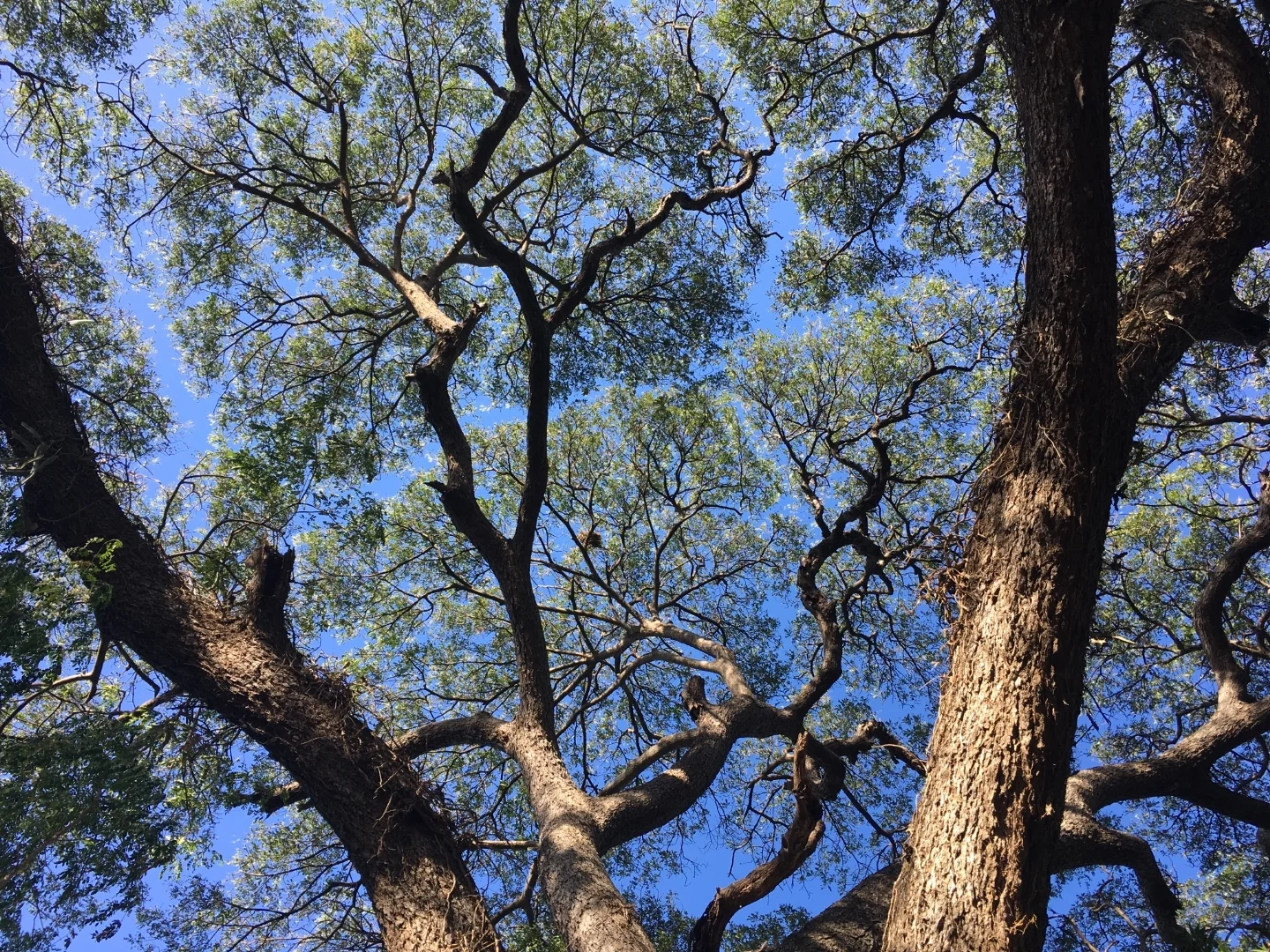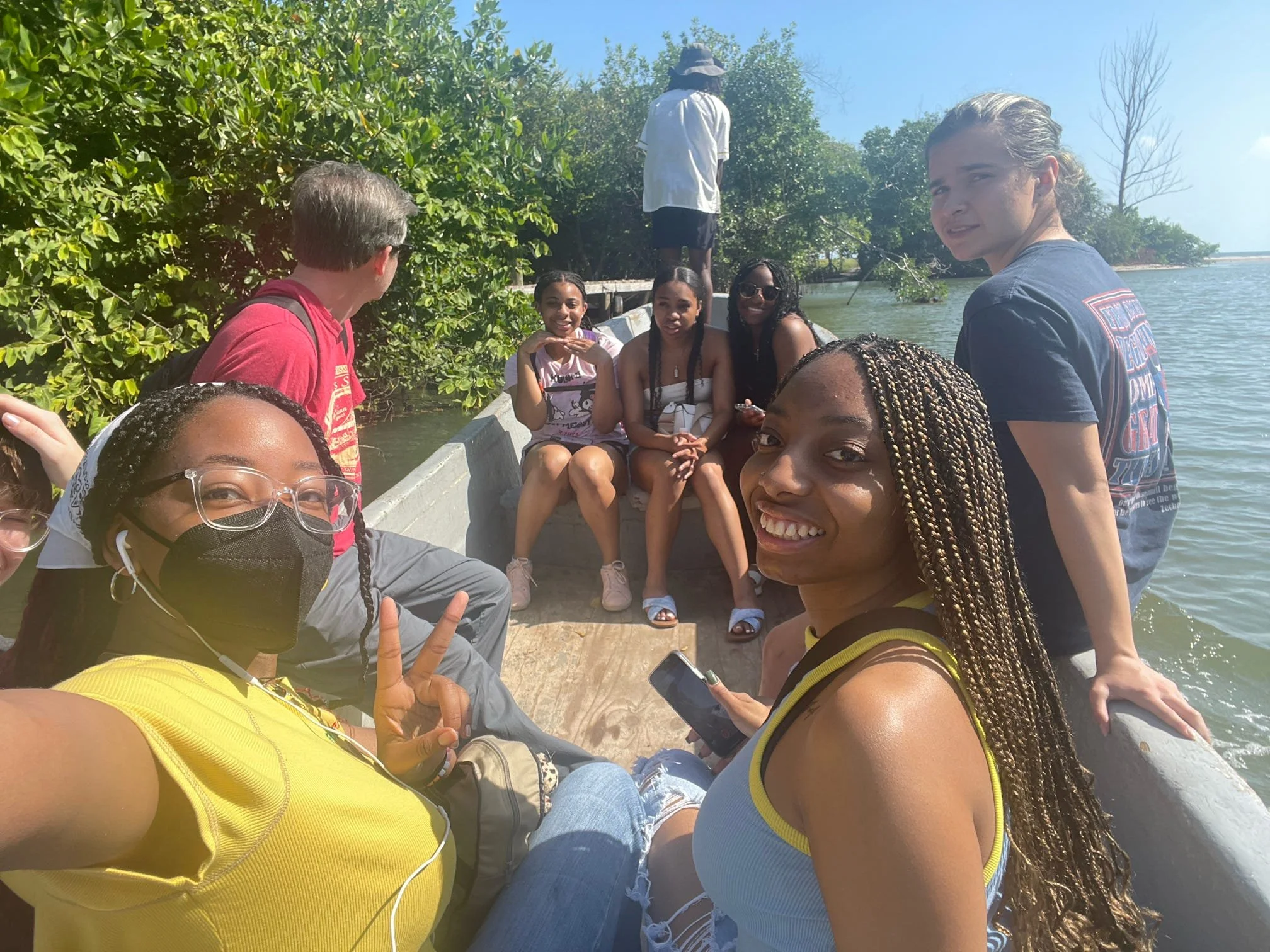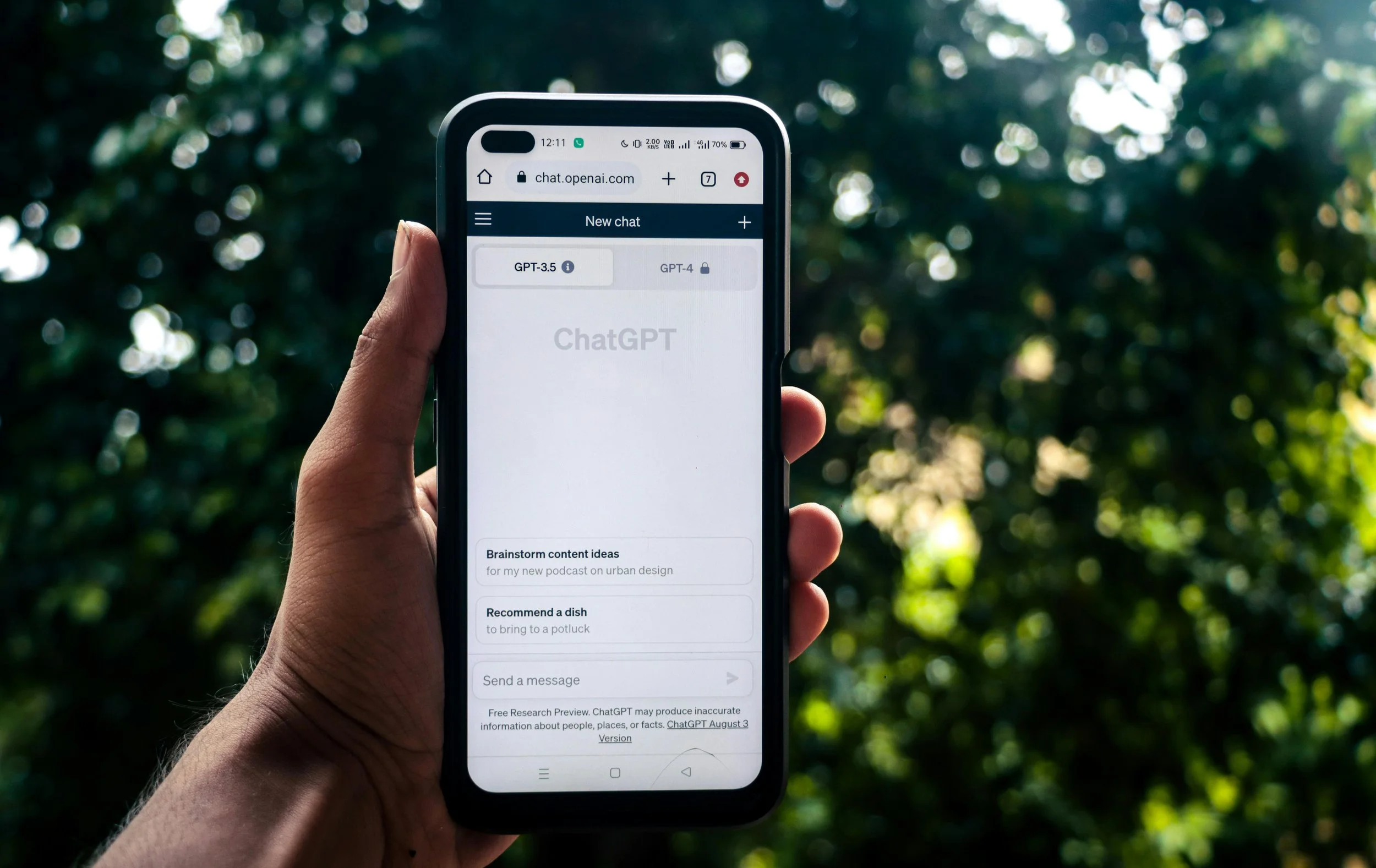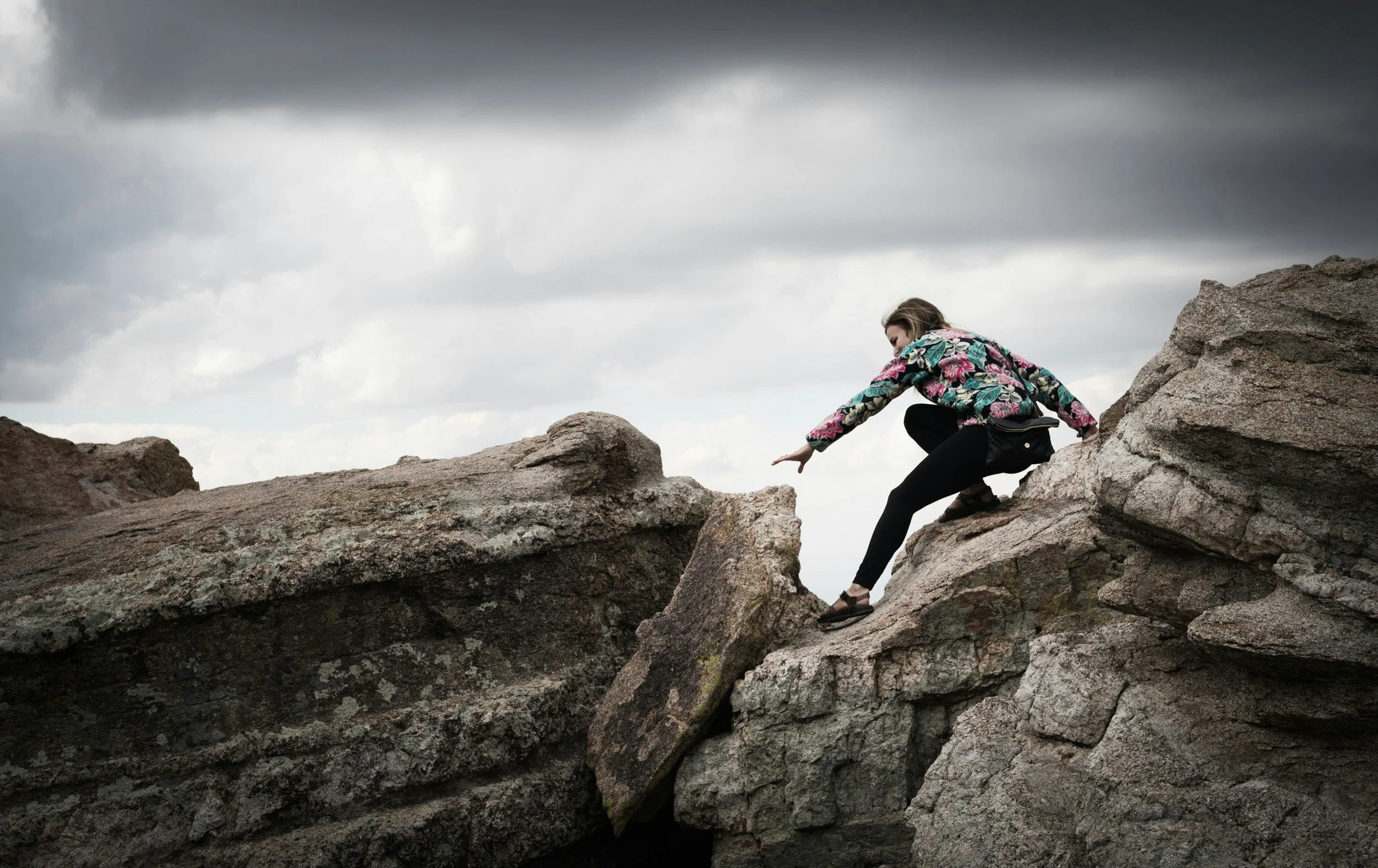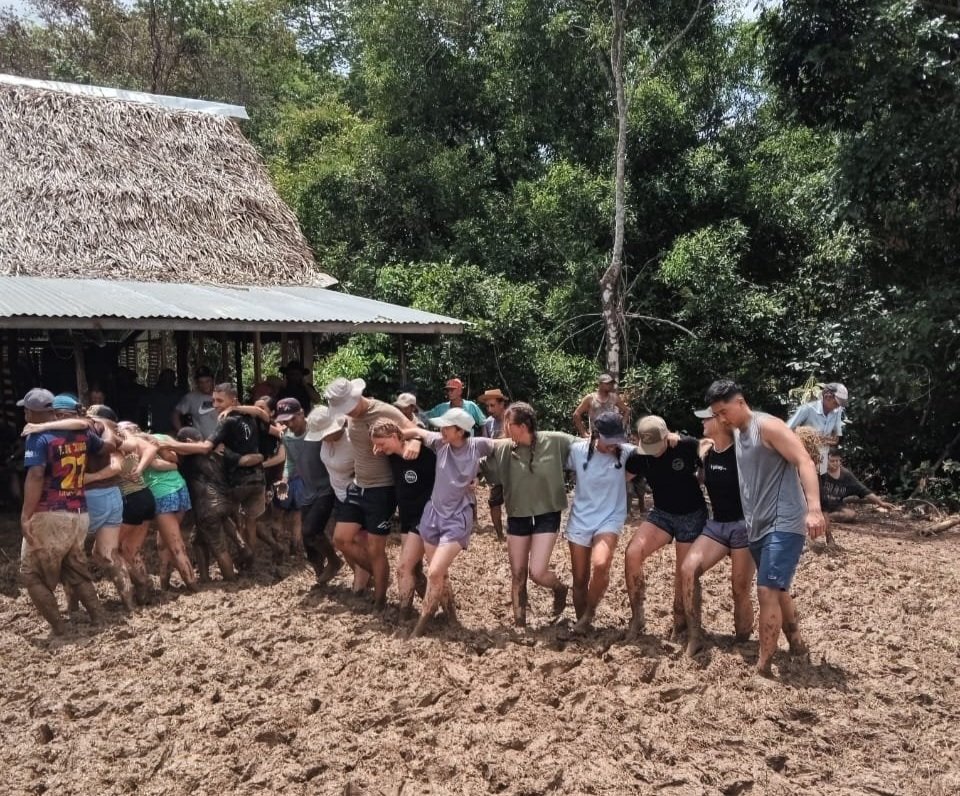Study Abroad Selection Process: A Student’s Perspective
/by Lara Garanzuay, Communications Specialist
I grew up moving every few years within Mexico and the U.S. so I’ve learned to really appreciate new cities and environments. Growing up, I’ve always loved traveling, whether that was a short road trip or a plane ride across the ocean. This May I completed my second year studying Public Relations at the University of Texas at Austin. It’s a sort of bittersweet moment because I only have a year and a half left before graduation in December 2022. Since I was little, I knew I wanted to take part in a study abroad or exchange program. That was until 2020 when everything changed and traveling seemed like some type of myth.
In the midst of a global pandemic, I began working here, at Learn From Travel, and have been able to learn more about the ins and outs of faculty-led study abroad programs. At my university, most programs aren’t announced until the semester before so it can become quite difficult to plan ahead when you want to study abroad. However, I have taken a few actions to get the ball rolling on the possibility of studying abroad before I graduate.
The Study Abroad Selection Process
The idea of studying abroad came to mind at the end of my freshman year of college, however, I knew I wanted to wait until the latter part of my college years to study abroad. Therefore, I currently plan to study abroad from May-June of 2022 before I graduate that December.
The first thing I researched was the different types of programs I have available to me. My university offers faculty-led, exchange, affiliated, internship, and research programs, all offered for semester-long or shorter-term periods. Although all of the different types of programs are interesting and beneficial in their own way, I knew pretty quickly that I wanted to do some sort of faculty-led program. The process became overwhelming quite quickly so I found myself making appointments with academic advisors and education abroad advisors that my school offered. The first thing I learned throughout this ongoing process was that it is better to start planning early rather than late. Finding a way to fit a study abroad program into regular college years takes time and preparation so I began as soon as I could.
After countless hours of research, I decided I wanted to take part in a Maymester program. At UT Austin, these four-week faculty-led study abroad programs consist of three-credit courses that typically take place from mid-May to mid-June. Courses are offered annually in a variety of academic subjects. With my studies being in public relations, I began looking not only into courses that are required for my major but also courses that are focused on related topics and subjects.
As of now, everything has fallen into place when it comes to the idea of me studying abroad next year. The only possible hardship that I can expect is financial setbacks. Like most things in college, study abroad can come with quite a price tag. However, with adequate preparation, planning, and dedication, it is likely to get assistance from organizations and funding sources that specifically work to help students reach their study abroad dreams. I was completely taken back by the number of scholarships and opportunities there are for students who want to study abroad. They are not only directly from my university but there are regional and national scholarships that students can apply to in order to make the study abroad experience less financially stressful. Judging from the stories I have heard from students who have studied abroad, I am certain that financial difficulties should not be a reason for a student to not have the opportunity to experience a culturally immersive program.
Choosing a Place to Study Abroad
The hardest part so far has been choosing a location to study abroad. Even now, this is still very much up in the air for me. My school offers numerous programs all located in different countries, so the options can feel endless. After working at Learn From Travel and getting the chance to speak with students and faculty involved in study abroad, I have come to the conclusion that no matter what place I end up choosing, the experience and cultural immersion will be limitless. Every country has a unique experience to offer students. Many advisors I spoke to constantly reminded me to choose a program based on the benefits of the country along with the course, not just on the country itself. Overall, I would love to study in Latin America since I am fluent in both Spanish and English. It would be a great opportunity for me to continue practicing my Spanish-speaking skills in a more natural environment.
Looking Forward to the Study Abroad Experience
For the past year that I have been planning my study abroad experience, I know that most of my decisions won’t be made until a few months before once my school announces the programs they are offering for that May. I am eager to find all the fun tourist attractions once I know the area where I will be studying. Although this process became stressful at times and had many unknowns, the faculty and peers around me made this process much easier for me. Getting to see the behind-the-scenes of study abroad programs through my work at Learn From Travel made me realize just how much time and effort is put into each and every program schools offer. By the time it is my time to study abroad, my knowledge will only have grown. Although much of my experience continues to be up in the air, I know whichever program I choose, the adventure and knowledge will be worthwhile.

